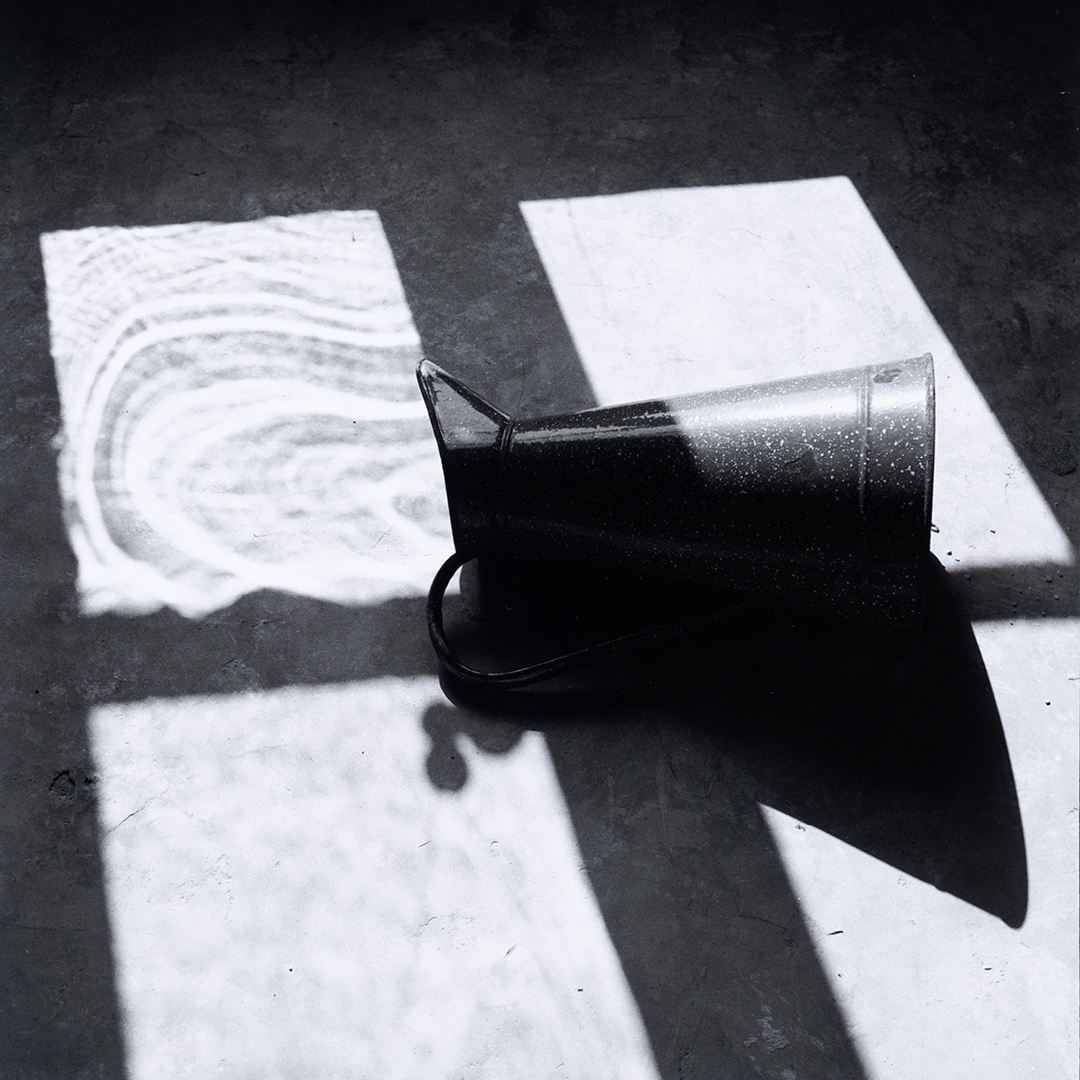Wednesday 2 June 2021
Bill Culbert | Slow Wonder reveals the boundless experimentation of New Zealand’s acclaimed conceptual artist Bill Culbert in an exhibition that opens on Saturday 3 July 2021.
Whether it’s hundreds of tiny arcs of light projected from a black sphere, squares of light thrown across the artist’s studio floor or tubes of fluorescent light cutting through gallery space, Culbert’s art defies expectation and gently knocks people from their habitual ways of looking. ‘I like to make brains move’ was the artist’s mantra.
Auckland Art Gallery Director Kirsten Lacy says the Gallery is driven to re-evaluate the work of significant New Zealand artists for younger generations, and to unearth untold stories and new research.
‘Culbert is an important figure in conceptual art and this exhibition draws attention to the delicate rigour of his work,’ she says.
Auckland Art Gallery Curator, New Zealand Art, Julia Waite, says that while Culbert had an enduring curiosity with light, it’s important and timely to explore the deeper perceptual considerations within his work, and to place these within an international context.
‘Culbert’s audiences have been so enamoured with his light works that, ironically, these may have blinded us from a fuller appreciation of his practice.’
‘Slow Wonder acknowledges the appeal of glowing bulbs, but the exhibition draws attention to the significant role of photography and the camera obscura, as well as to Culbert’s deft use of paradox and the underlying presence of scientific method,’ she says.
Slow Wonder brings together a selection of work from across time to show how an idea Culbert first investigated through photography would later be elaborated in three-dimensional sculpture. The exhibition also includes major installations: two from international collections.
Culbert’s origin story involves encountering a camera obscura, or dark chamber, built by his teacher, James Coe, at Hutt Valley High School in the early 1950s. This type of optical device played a fundamental role in the history of art, allowing artists to project images of the outside world which could then be copied. The obscura was a physical and conceptual touchstone for Culbert.
‘The camera obscura was his muse, if you like, and there’s real interest in the way he unpacked it,’ says Waite.
‘Culbert’s use of found material also resonates in this moment in which we consider ecology. Recycling charged his art like a battery, as we see things typically thrown away – plastic bottles and incandescent light bulbs – being repurposed as artworks forever,’ says Waite.
Culbert’s art was described as ‘a question opened for others’. Slow Wonder provides the backstory of how Culbert’s investigations began, and the nature of his questioning.
The exhibition is supported by The Chartwell Trust. Entry is free.

